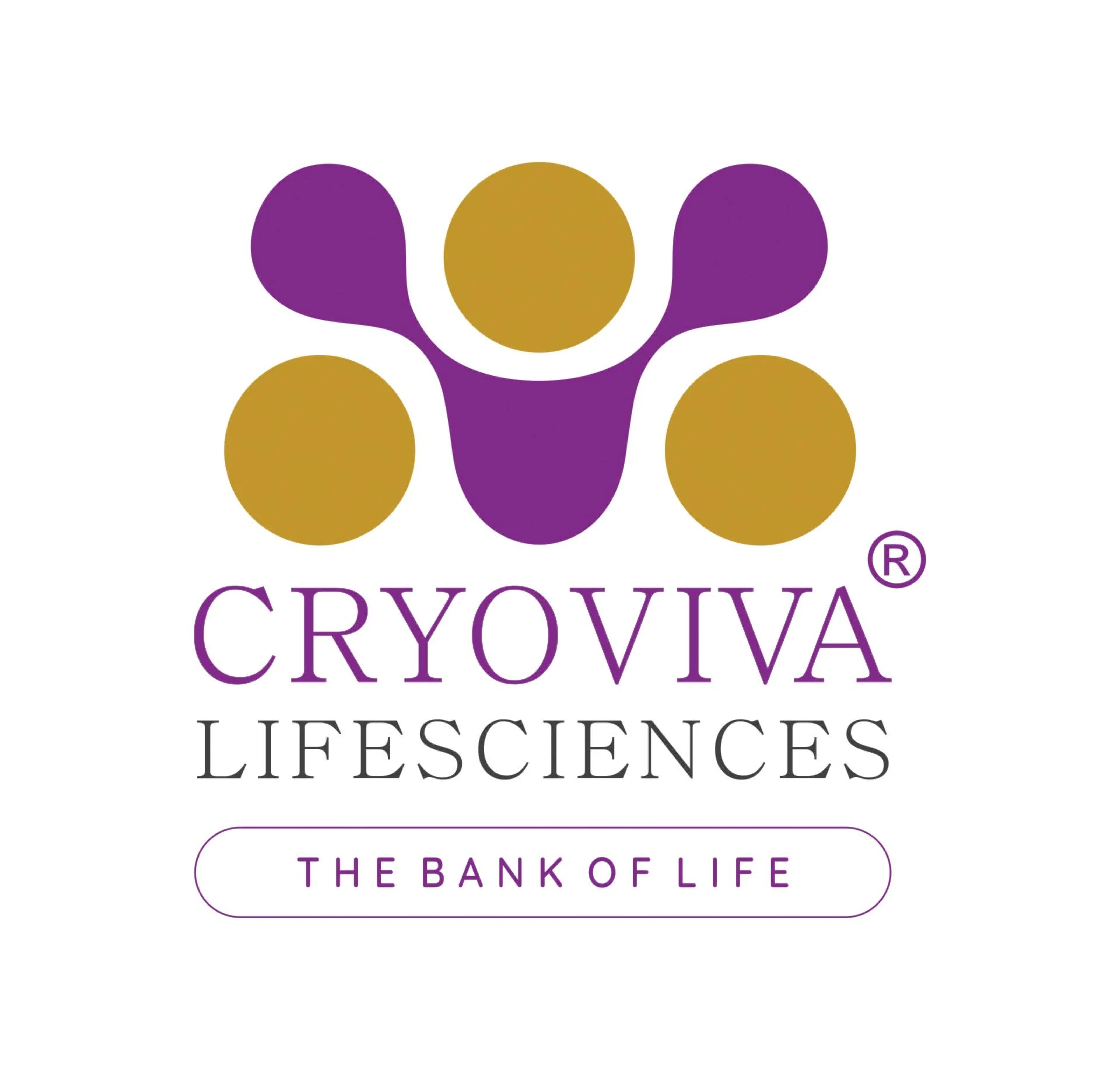Did you know that you have the chance to secure the most powerful source of stem cells within minutes of your little one’s birth? Umbilical cord blood, collected from your baby’s cord and placenta after delivery, is a unique resource that offers immense medical potential. By choosing cord blood banking, you can store this blood for future use in stem cell therapy. While stem cells are also found in bone marrow, umbilical cord blood contains nearly 10 times more stem cells. Moreover, cord blood stem cells have greater regenerative properties as they are younger than those found in bone marrow.
Want to know more about cord blood stem cells? Read on to find out!
Unique Properties of Umbilical Cord Blood
The umbilical cord blood contains billions of power stem cells with the ability to treat over 80 different diseases. They also hold the key to regenerative medicine, driving many expecting parents to opt for cord blood banking to secure a healthy future for their little ones. Now let us explore some unique properties of umbilical cord blood.
Umbilical Cord Blood Has Reduced GvHD
GvHD (Graft Versus Host Disease) occurs in most recipients when they aren't a perfect match to the donor. Unfortunately, this risk also carries chances of mortality. Graft rejection happens when the recipient's body rejects the newly transplanted stem cells. However, using cord blood is highly preferred for such transplantation procedures because stem cells derived from the umbilical cord are less likely to attack the patient’s tissues, even if the donor is not related.
Studies indicate that the immune-naive nature of umbilical cord blood stem cells significantly reduces the likelihood of rejection and complications, even in mismatched transplants. This makes cord blood a valuable option in critical situations where a perfect donor match is unavailable.
Umbilical Cord Blood Has Better HLA Match
If you share the same HLA (Human Leukocyte Antigens) with someone, your tissues will be immunologically compatible. Since HLA protein is inherited, a family donor is more likely to provide an exact match. This is why most recipients prefer to use umbilical cord blood stem cells for transplants, as they adapt more easily. Moreover, cord blood requires fewer matching parameters compared to adult bone marrow.
Cord blood units are often classified using advanced molecular techniques to identify partial matches. This further enables their use in treating patients who may not have access to a fully compatible donor. Research shows that mismatched cord blood transplants result in faster recovery times for patients compared to mismatched bone marrow transplants.
Umbilical Cord Blood Has Extended Shelf-Life
Umbilical cord blood, when properly frozen and stored, may remain useful for a lifetime. Since cord blood banking has existed for more than three decades, cord blood stored for over 20 years has been used successfully in transplants. Some cord blood banking organizations gather data and conduct on-site inspections to ensure that the cord blood is collected safely and handled in a way that protects the potency and purity of the cells.
Cryopreservation techniques, such as controlled-rate freezing, are used to preserve the viability of the stem cells during storage. Studies show that stem cells stored at cryogenic temperatures (-196°C) maintain their biological properties and efficacy even after decades of storage.
Umbilical Cord Blood Has Relative Ease of Procurement
Preserving the cord blood stem cells eliminates any concerns about the donor backing out at the last minute, increasing the availability of matched unrelated stem cell donors. Moreover, since cord blood is collected right after birth, the chances of contamination are significantly lower and the likelihood of transmitting infectious agents is minimal.
Unlike bone marrow collection, which requires invasive procedures under anesthesia, umbilical cord blood collection is non-invasive and poses no risk to the mother or baby. Advances in sterile collection techniques ensure minimal handling of the cord blood and this further reduces the risk of cellular degradation or contamination.
Wrapping Up!
Umbilical cord blood is the richest and purest source of stem cells that your child will ever have. Storing the precious stem cells will allow you to protect your child’s health for years to come. Cryoviva, the leading cord blood banking facility focuses on providing hassle-free and end-to-end stem cell preservation services.
We store the collected stem cells in optimal conditions and allow you immediate access during times of need in the future. By choosing Cryoviva, you ensure a lifetime of security and peace of mind. This way you can guard your child's health with the power of advanced stem cell technology.


